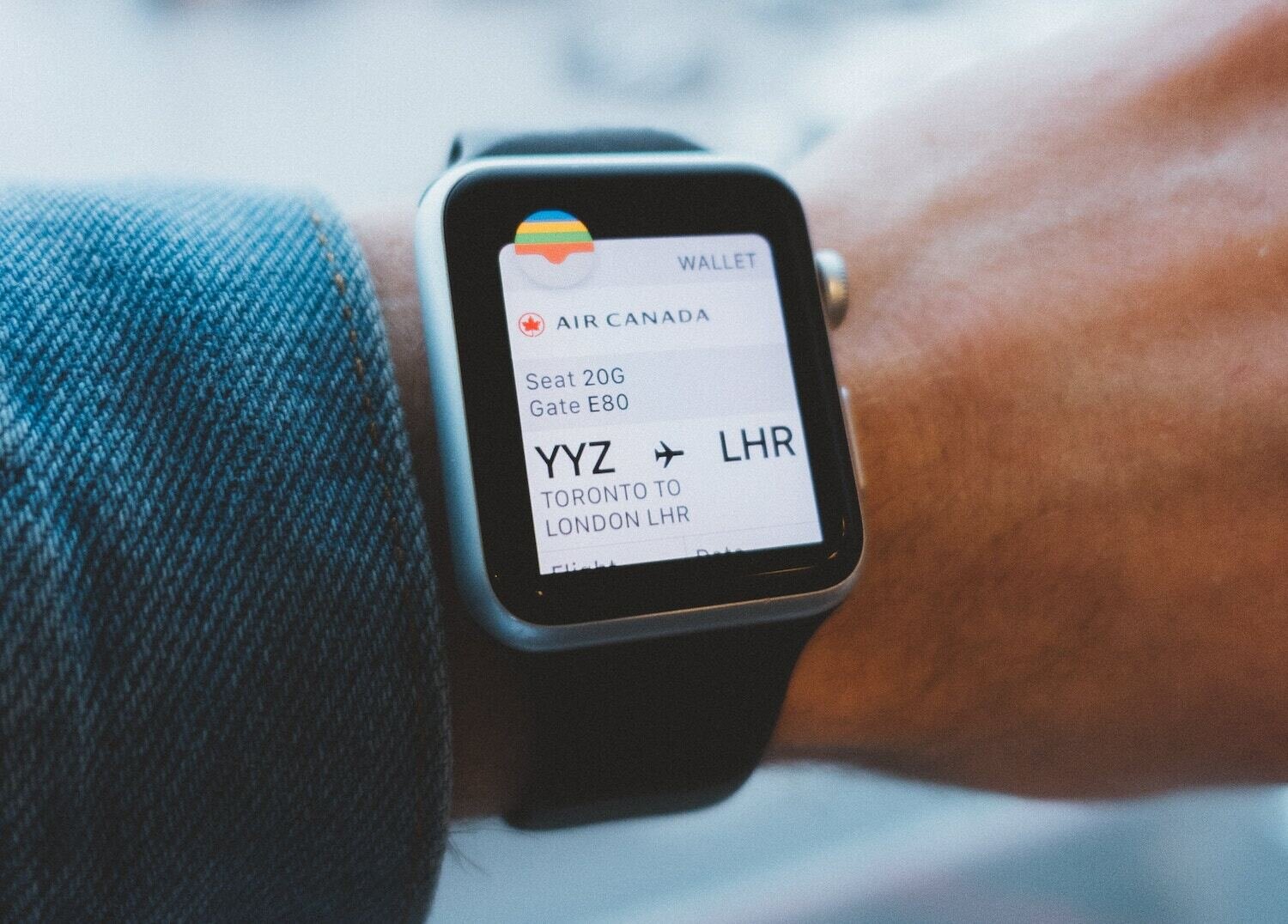blog
Digital Innovation: The Key to Serving Customers Better at Airports
By Siddhant Chaudhary Digital transformation Aviation January 14, 2019

The airport of the future is one that values passengers’ time, so much so that it streamlines their entire journey. How? From the moment a passenger steps through the arches of the airport entrance to the moment they make their exit, bag in hand, mobility as a solution, biometrics, and customer engagement technology can be used to ease their way. From checking in, baggage drop, security check, boarding, baggage pick-up, immigration, and even payments, digital innovation is the key to a more efficient, more comfortable journey that prioritizes passengers’ time.
Mobility As a Service: Door to Gate Wayfinding
One of the most common problems associated with flying is simply getting from point A, your home or office, to point B, the departure gate. So many unexpected things can happen along the route that can set you back and delay your arrival to the gate on time. But there’s a digital innovation that addresses that problem.
Mobility as a service offers not only a variety of modes of transportation, but live updates on traffic, wayfinding once you arrive in the airport, and everything in between. With one simple solution that consolidates everything you need to make it to your flight on time, travel can be less of a logistical headache and more of a reliable routine.
Munich, Hamburg, Düsseldorf, Münster/Osnabrück airports have all embraced the technology with their ‘Passnger App’.
The idea is for all of the airports to come a bit closer and provide one service to all passengers
Anita Neudeck, Senior Manager at Munich Airport
The app could also be used to generate revenue as a B2B service for airports, providing a valuable service that goes beyond what current apps offer.
Mobility as a service offers not only a variety of modes of transportation, but live updates on traffic, wayfinding once you arrive in the airport, and everything in between. With one simple solution that consolidates everything you need to make it to your flight on time, travel can be less of a logistical headache and more of a reliable routine.
Facial Biometrics: A Landmark in Digital ID Tech
Another part of the foundation for a streamlined future of air travel is being laid by Schiphol Group, who has implemented facial biometrics technology at various places in its Amsterdam-based airport. Instead of using an actual image of the passenger, their facial biometrics are encoded through a complex algorithm that generates a numerical ID for each individual’s face. Since it doesn’t actually capture and save an image, it’s much harder to duplicate or counterfeit someone’s identity (nearly impossible, in fact), which ensures privacy and tightens security.
For worldwide adoption of these biometrics, a new regulatory body may have to be created—that or an existing regulator must take on the responsibility of monitoring the activity of the establishments that utilize the new technology. A set of regulatory standards will have to be established, at the very least to protect those who implement the facial recognition tech from legal action.
Once the entire system is squarely in place and all of the kinks have been worked out, this highly efficient solution for identification will dramatically speed up passenger air travel processes, and in turn, increase the volume of passengers served per day. Not only will customers be more inclined to fly, airports may even be able to squeeze in more flights per day.
Boarding times, security checks, baggage checks, and all other preliminary steps for passengers before take-off will be automated, allowing passengers to be prepared to go in a shorter amount of time. Delays due to passenger disorientation, confusion, or other blunders can potentially be a thing of the past with facial biometrics.
Enabling the Airport Eco-System for Excellence
- Cost saving through automation of traditionally manned tasks
- Increased efficiency & productivity
- Smarter data analytics for superior decision making
Digital Entertainment Solutions: CX for Engagement
The innovation doesn’t stop at getting people from point A to point B faster. Providing an adequate amount of state of the art entertainment is becoming equally as important in a digital world where people demand access to the latest tech—even while traveling. Airports all over the world are beginning to see the writing on the wall.
For example, London’s Heathrow airport offers EntertainMe kiosks, which allow passengers to download entire movies, TV shows, magazines, or even newspapers directly to their smartphone or tablet without even having to connect to Wi-Fi. For travelers who have a long wait and a long flight ahead of them, it’s a welcome addition that they will certainly appreciate.
Hong Kong International Airport even has its own dedicated IMAX movie theater. The theater features a 64 x 44 foot screen with 3D and 4D showings at different intervals throughout the day. Changi Airport has a theater as well that runs 24 hours a day, as well as video game consoles in its Entertainment Deck.
Kiosks and other ways for passengers to be engaged create a more personalized and satisfactory experience. A more seamless and smooth-running customer experience ultimately means more revenue for the airport. Think about it this way, who is more likely to buy something while waiting for their flight, someone who is furious because of an unpleasant day of being confused, lost, and bored to tears, or someone who has had a comfortable day of travel and was engaged and entertained the whole time?
With this logic in mind, airports should always focus on keeping passengers entertained. Since aeronautical charges are generally regulated, non-aeronautical services should be readily available, and plenty of them. But, customer experience still comes first.
The Standard for Airport Technology Has Been Raised
These offerings only beg the question for passengers: does XYZ airport also have a theater? Or, does ABC airport use biometrics for faster checking in, boarding, and immigration? How about a mobility app? These types of questions will be considered by passengers before they select which airport to fly into. If a passenger has a choice between a layover at an airport that uses state of the art digital technology to make things run as smoothly as possible, or a sluggish, outdated airport with no entertainment options; which one do you think they’ll prefer?
The bottom line is, digital automation makes passengers’ lives easier. They will soon begin to expect nothing short of the level of efficiency that only digital innovation can provide—especially once they have experienced stopovers in airports like Munich, Schiphol, and Changi.


